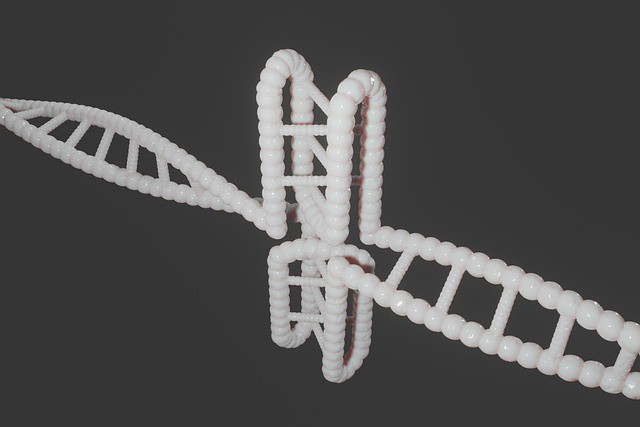
Quantum mechanics is more than quarks and molecules because it also includes effects on DNA causing changes. These molecular interactions are responsible for significant changes in the double helix of life. The molecules of life are accurate when multiplying, but it's got mistakes whose outcome is varying mutations.
Physics at an Evolutionary Level
A group composed of physicists and chemists from the University of Surrey utilizes advanced computer simulation to show that errors in trying to replicate that happens because of quantum physics bleeding into living systems, reported Science Daily.
Protons are subatomic particles that connect two strands of the Deoxyribonucleic Acid (DNA) double helix. Also, hydrogen atom nuclei glue holds the molecules of bases together. The twisted components of the double helix are held by hydrogen as well. James Watson and Francis Crick discovered it in 1952 based on Rosalind Franklin and Maurice Wilkins' work.
DNA bases usually have definite bond pair (A, C, T, and G) and never changes. A will be paired with T, and C will bond to G normally. Their molecule has a defined shape that determines a strict pair, but alterations of hydrogen bonding are there. It will be a mistake to allow a random link that will be a mutation in the double helix of life.
Despite the research by Crick and Watson that generally outlined the process before, this changed with the use of supercomputers to get to its reality, noted EurekAlert.
This research program in the amazing new field of quantum biology has disclosed that the alteration of DNA bonds is far more prevalent than initially assumed via quantum mechanics.
Protons that jump spontaneously for either side of an energy barrier occur, resulting in the unzipping of the two stands as the genes copy themselves. At this point, the protons will cause a mismatch that might be a mutation.
The study was posted in the journal Nature Communications Physics; they were based at The Leverhulme Quantum Biology Doctoral Training Centre and used an open quantum methodology to discover what causes protons to jump between Genetic material.
But, most bizarrely due to tunneling, a well-known, almost mystical quantum process that is like a phantom passing through a solid wall. Originally believed that quantum behavior cannot occur in a living cell's complex environment.
Life Molecules Are Affected
An assertion by the Austrian physicist Erwin Schrödinger forwarded in his 1944 book What is Life? Because living systems behave differently than living matter, quantum mechanics can play a role. Schrödinger's approach tends to be made official by this latest research.
Based on the study, the local cellular environment, which behaves like spread out waves, is thermally activated and stimulated through the energy barrier.
Protons actively tunnel into the double helix resulting in randomized placements on the strands, which causes an error in paring or mutation.
Dr. Louie Slocombe said the changes caused by the protons change the double helix structure into a variation. These modified bases called 'tautomers' stay after the genetic material cleavage and copy as mutations.
Prof Al-Khalili remarks that Watson and Crick predicted these quantum mechanical effects in genetic material about 50 years back.
Dr. Sacchi added that biologists expected tunneling of protons in simple organic systems, but most affected in the unseen realm are ignored, and the study proves that nothing is absolute.
Quantum mechanics does affect DNA which explains the randomness of the mutations in the living cell.
Related Article : Blueprint for Life Could Have Started From Asteroids Hitting the Protean Earth Billions of Years Ago
© 2025 HNGN, All rights reserved. Do not reproduce without permission.








